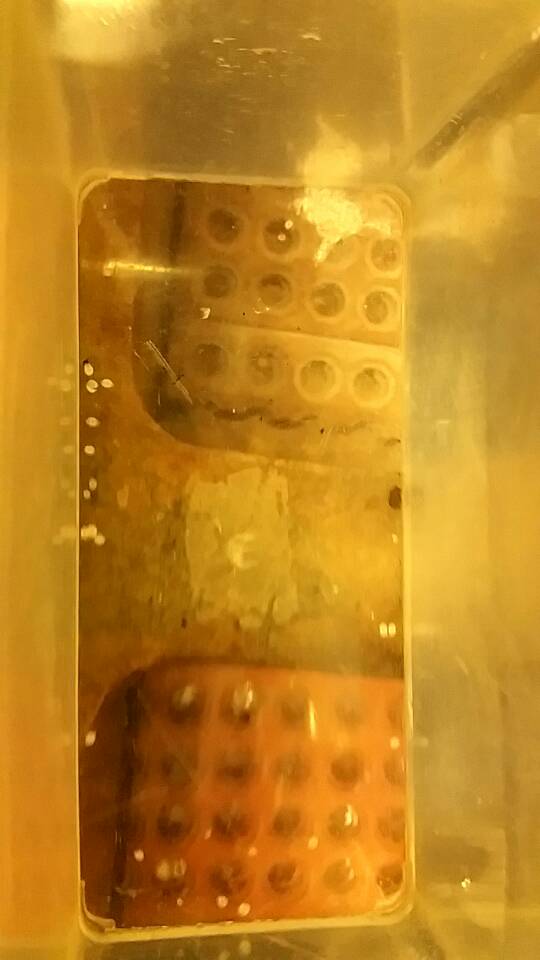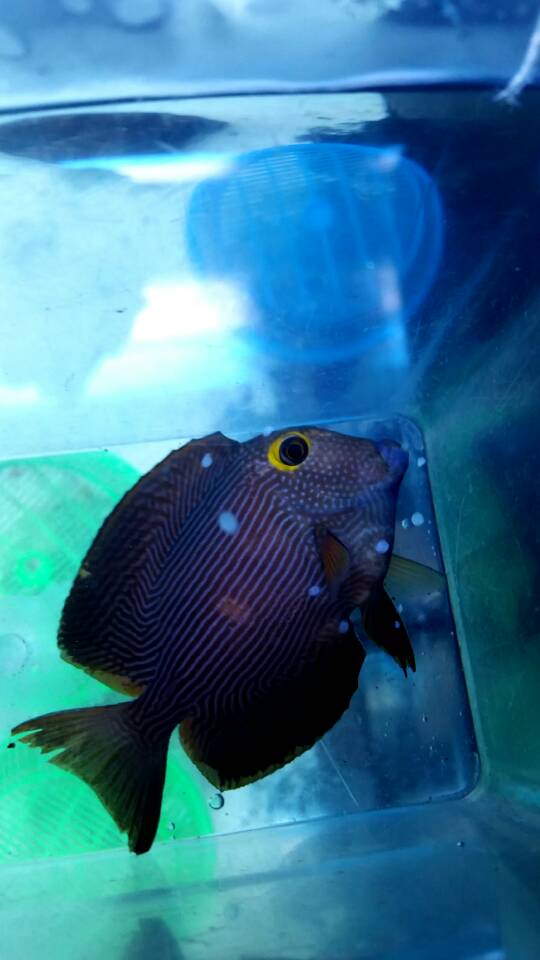HotRocks
Fish Fanatic!
View Badges
Staff member
Super Moderator
Excellence Award
Reef Tank 365
Expert Contributor
Article Contributor
INDMAS Member
My Tank Thread
He is still working on it. More info here:Also has there been any updated information on the hydrogen peroxide studies?
I know this article ( http://fisheries.tamu.edu/files/2013/09/Monogenean-Parasites-of-Fish.pdf )that was referenced in the flukes page mentions it, and I also know it’s something @Humblefish has been working on.
https://humble.fish/hydrogen-peroxide/

















